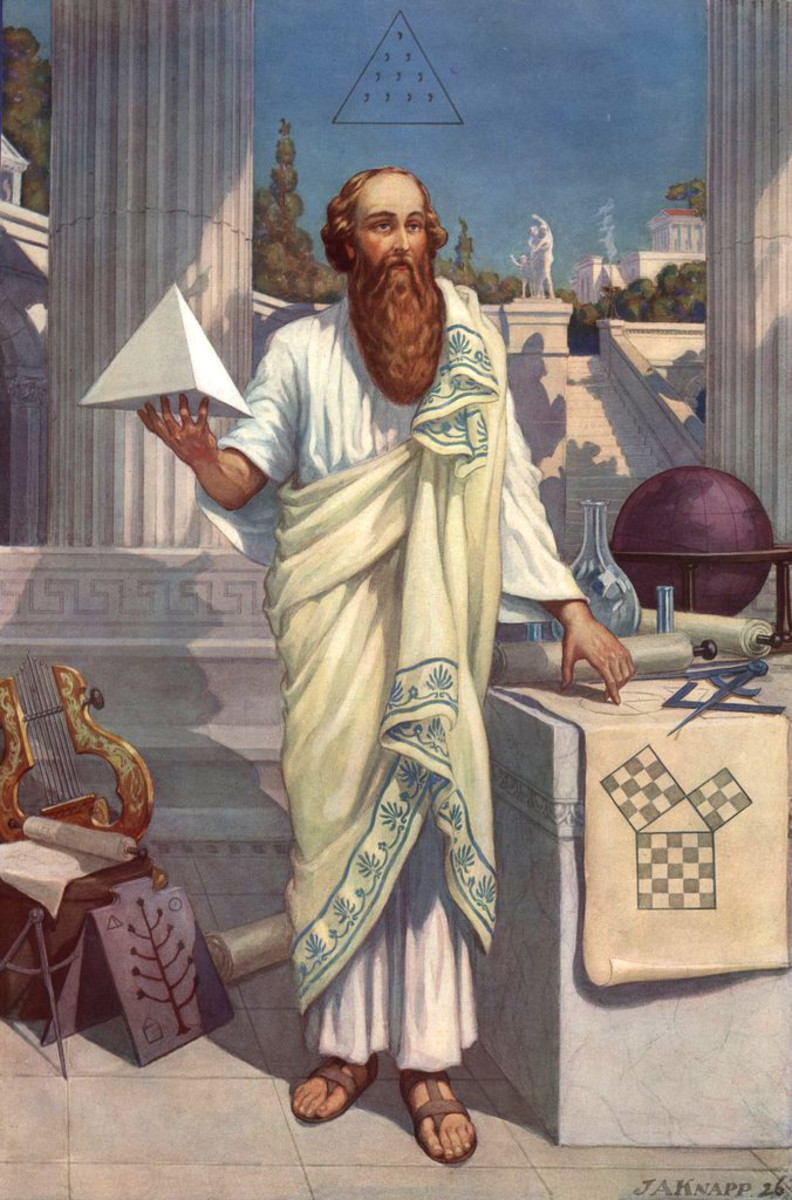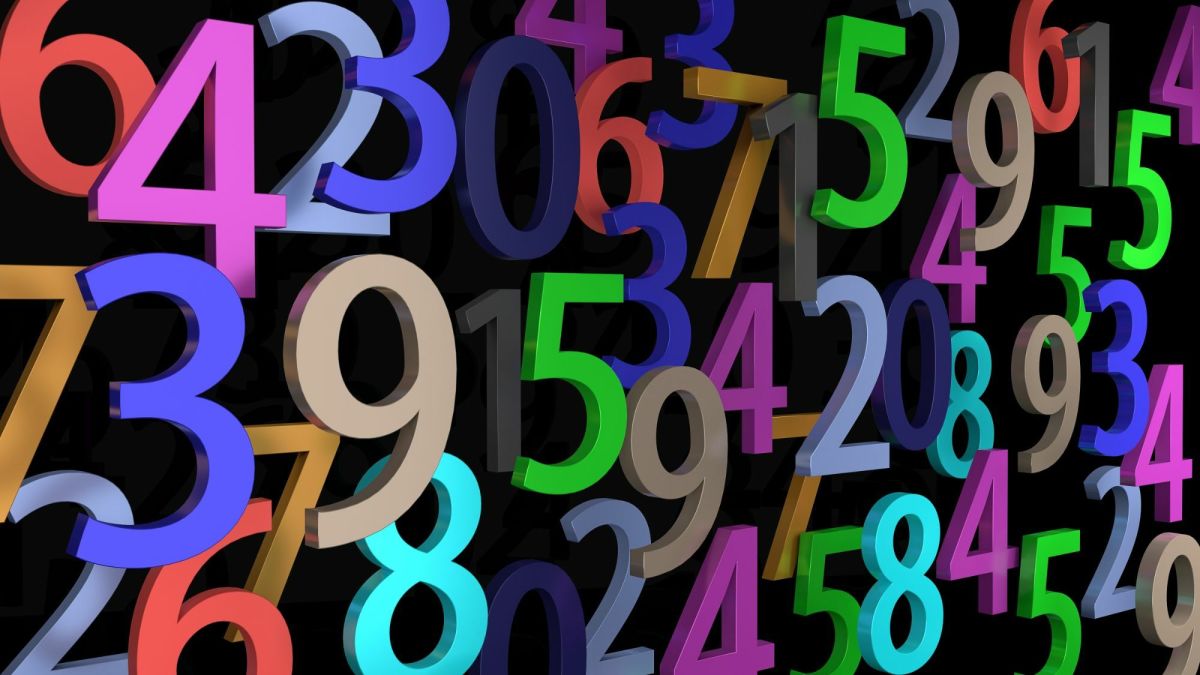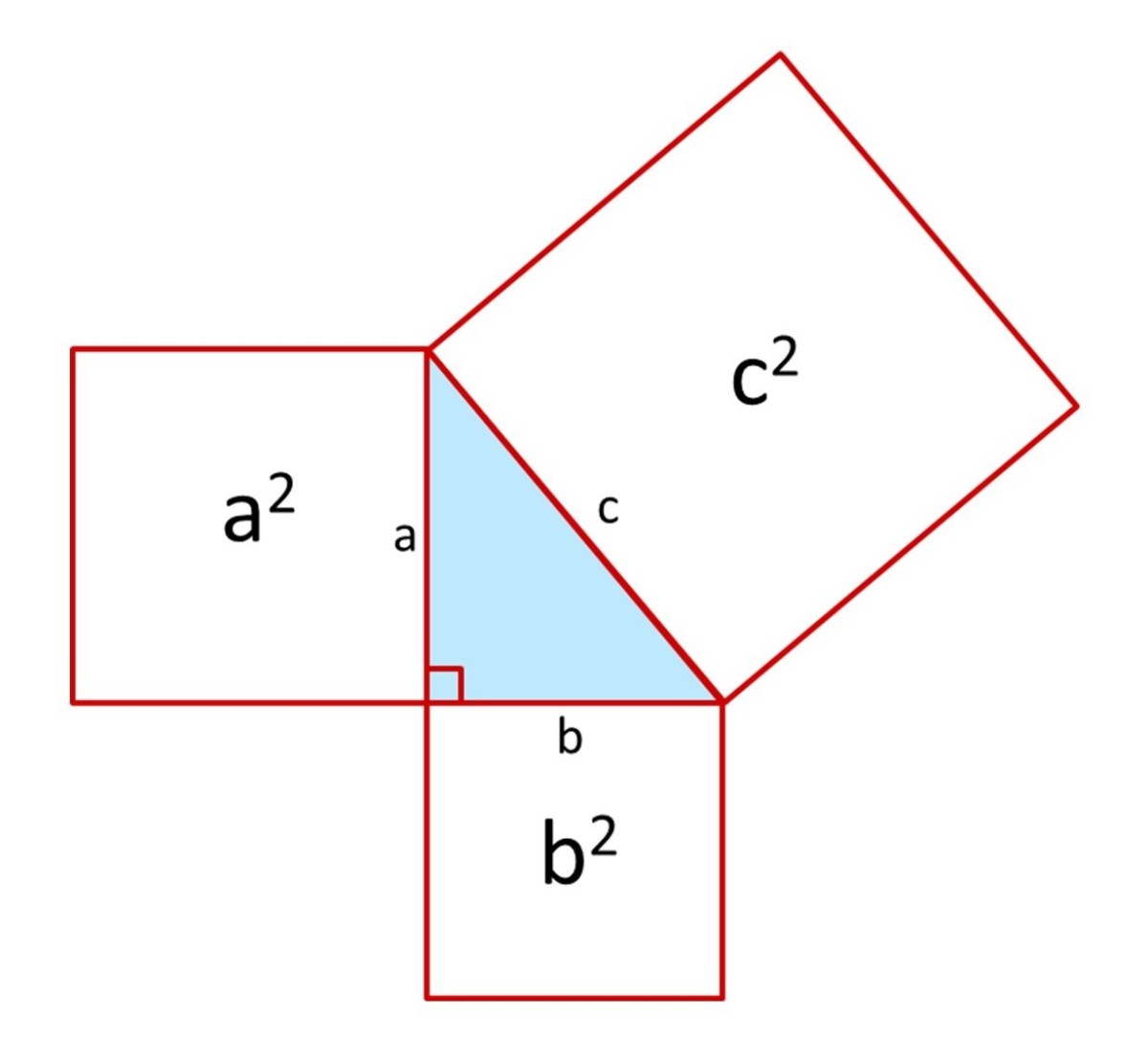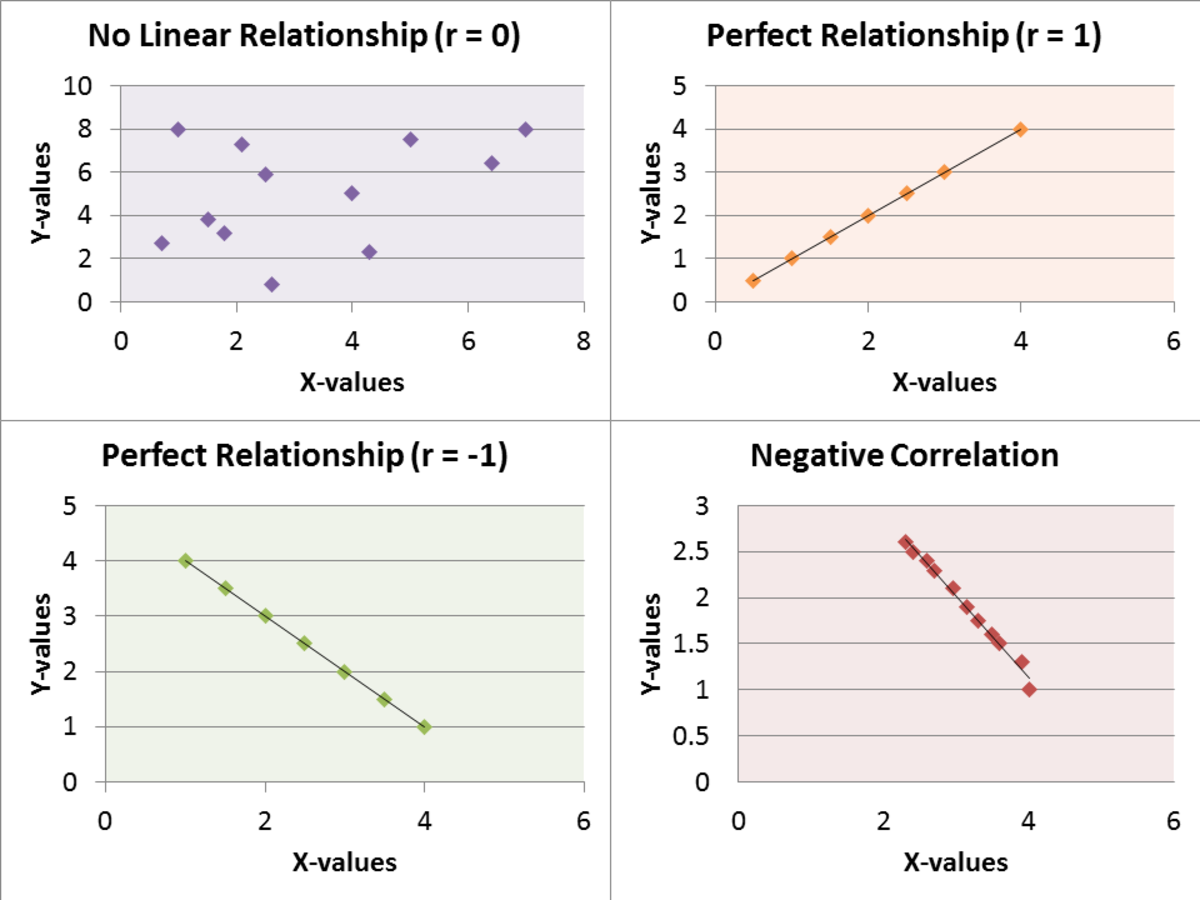Frank Benford's Law of First Digits
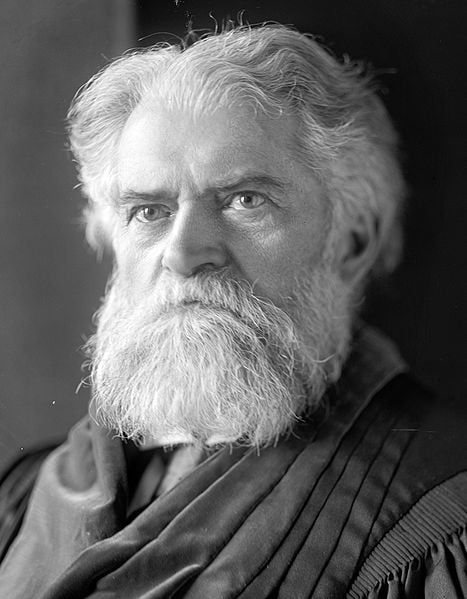
A short history
There are two Benfords Laws on the books, because there are two Benfords who have laws named after them. Gregory Benford is a physicist and science fiction writer, who made a wry observation about human psychology, in his novel Timescape. Here is (Gregory) Benford's Law of Controversy:
"Passion is inversely proportional to the amount of real information available."
However I'm more interested in the work of the other Mr. B, the late physicist, Frank Benford. Benford looked at large data sets, and noticed something strange. Numbers that begin with "1" are more common than those that begin with "2", which are more common than numbers that begin with "3", etc.
More than half of the quantities begin with "1", "2", or "3". Less than half of these numbers begin with "4", "5", "6", "7", "8", or "9". This is known as the First Digit Problem, and as Benford's Law . What's up with that?
Is Nature playing a joke on us? I'm reminded of an Einstein quote that expressed his mixed feelings about Quantum Mechanics:
"God is subtle but he is not malicious."
Benford published his take on the First Digit Problem in 1938. At the time, Benford was not aware that he had been scooped by astronomer and mathematician Simon Newcomb, back in 1881.
Both Newcomb and Benford had noticed something odd about a reference work in their university libraries. It was a table of logarithms. The edges of pages for numbers beginning with "!" were more soiled than the edges of 9's pages.
Some people--myself included--think that in the interest of fairness, the phenomenon should have been called Newcomb's Law instead. A secondary advantage would be to eliminate the inherent ambiguity in the term, "Benford's Law." Oh well, that's Life.
Who should get the credit for the discovery of the First Digit Problem?
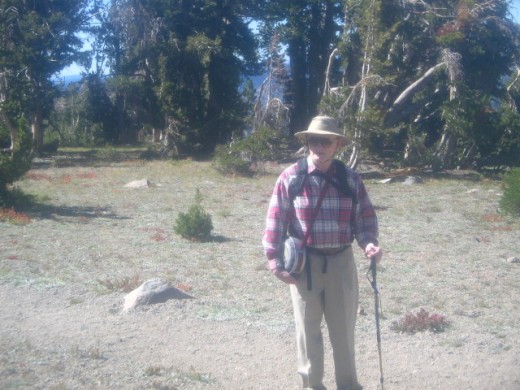
Preliminaries
Here's some background information that will be helpful in understanding Benford's Law. First, you must know what a square root is. Example: The square root -- sometimes abbreviated as SQRT -- of 49 is 7, because 7 times itself is 49. In mathematical shorthand,
SQRT(49) = 7
Second, you must know what a reciprocal is. Example: The reciprocal of 3 is 1/3.
Third, if you're not familiar with Scientific Notation, and with the word "mantissa" in that context, please read the Wikipedia article on the subject. Then the remaining discussion will be more understandable.
http://en.wikipedia.org/wiki/Scientific_notation
Basically, mantissa arithmetic is like Slide Rule arithmetic, before you decide which exponent to put on the 10. (See the photo below.) Mantissa arithmetic is closed under some common operations: multiplication, division, and finding reciprocals. In other words, when you do any of these operations on a mantissa, the result is also a mantissa. (As always, dividing by zero is undefined.) We'll use the concept of mantissa arithmetic later in this hub.
Fourth, I'd like to limit my examination of Benford's Law to the set of all measurements (and measurement-based quantities) that can be expressed in SI units: kilograms, meters, and seconds.
There are two main categories of quantitation: measurements and counting. Here we are interested in the former.
A third category of quantitation is naming. Example: Logan 5, the protagonist in the 1970s science fiction film, Logan's Run.
Telephone numbers do not conform to Benford's Law, but they're not measurements either.
Fifth, I'd like to mention that to Newcomb, Benford, and myself, zero never counts as a first digit. For example, if a small piece of hardware costs $0.05, the first digit is a "5".
I'll argue for a weak version of Benford's Law, using a method called Proof by Contradiction. A stronger version of Benford's Law states that Measurement Mantissas--MMs--are logarithmically distributed, but that is beyond the scope of this hub. With all due modesty, I've found a suitable name for the simpler theorem.
Larry's Theorem:
Consider the set of all MMs (measurement mantissas) ever taken. Let's call that set S. Half of the mantissas are greater than or equal to 1, and less than or equal to SQRT(10) = 3.16. The other half are greater then 3.16 and less than 10.
First, an observation. Whenever we take a measurement, we always get two measurements for the price of one. To use an advertising slogan, this is: "Buy One, Get One Free. I call it the BOGOF Principle.
Example A. While driving in your neighborhood, you glance at the speedometer, which says that you're traveling at a speed 25 miles per hour. However you could also describe the motion of your car in terms of hours per mile. In this example, it's 0.04 hr/mi. And that's every bit as valid as miles per hour. To illustrate an earlier point, the mantissas for these two measurements are 2.5 and 4, respectively.
Objection: Not all measurements are commonly expressed as ratios. Yes, that's true. However they can be. If you're skeptical about this claim, please read the next three paragraphs; otherwise skim over them, and move on to the next section.
Example B. Spectroscopists, who study the interaction of light with matter, commonly use one of two measures to express the absorption peaks of light in various materials: nanometers (nm) and reciprocal centimeters (cm-1).
Essentially, an absorption peak is the wavelength of light that's absorbed more strongly by a given sample of matter, as compared with any of its close neighboring wavelengths. I have a pair of sunglasses--sometimes called Blue Blockers--that appear to be yellow. That's because the absorption peak is in the blue range. And I perceive the mixture of red, orange, yellow, and green light reflected by the lenses as yellow.
As I mentioned earlier, spectroscopists sometimes use oddball units, called reciprocal centimeters, to characterize light. We can all visualize a centimeter; it's just under half an inch. But what about a reciprocal centimeter? The main advantage of using reciprocal centimeters is that they yield friendly numbers. Again, reciprocal centimeters are every bit as valid as garden-variety centimeters.

Proof of Larry's Theorem
Assume, by way of contradiction, that Larry's Theorem is false.
Without loss of generality, suppose that less than half of all measurement mantissas are less than or equal to 3.16, and that substantially more than half are greater than 3.16.
Now take the reciprocal of every number in the set S, to generate a new set, S´ (pronounced S prime).
Then S´ will have a different distribution of MMs. More than half the mantissas will be less than or equal to 3.16, and less than half will be greater than 3.16.
However by the BOGOF Principle, S = S´.
This contradicts our original hypothesis.
Therefore S has approximately equal numbers of MMs on either side of 3.16.
QED.

A few more things
Benfords Law has a real-life application. It can be used to detect financial fraud on the part of innumerate crooks.
Theodore Hill, Professor Emeritus of Mathematics at the Georgia Institute of Technology, is considered to be the world's leading mathematical researcher on Benford's Law. I've read his layman's treatment of Benford's Law, and it's nothing like my argument. I tried to read a more technical treatment, but I don't understand the nomenclature.
Mathematician Mamikon Mnatsakanian has produced an unpublished computer demonstration of Benford's Law.
Copyright 2011 and 2012 by Larry Fields
After reading this hub, do you feel that Nature has a sense of humor?
Does Nature have a sense of humor?
At first blush, it would seem that this is the case, and that Benford's Law is exhibit A, as an American lawyer would say. However we've seen an algebraic partial explanation for the phenomenon.
There are stronger pieces of evidence for Nature's sense of humor. Take the cross country Shot Rock Vista hike. (See the photo below.) After 2 miles of bushwhacking down the side of the canyon, and up the canyon, you'll come to a very unusual geological formation.
On a 'dance floor' of glacier-polished granite, you'll see a 10-inch-wide dike of granite that's a different shade than the surrounding granite. So far, so good. Then you'll notice that the strip makes a perfect right-angle turn! Salt crystals notwithstanding, perfect right angles are not very common in Nature. When I first saw it, I thought that someone had played an elaborate hoax on the few hikers who venture forth to California's geological 'Stonehenge'. Sorry, I do not have a photo of this odd geological structure.


